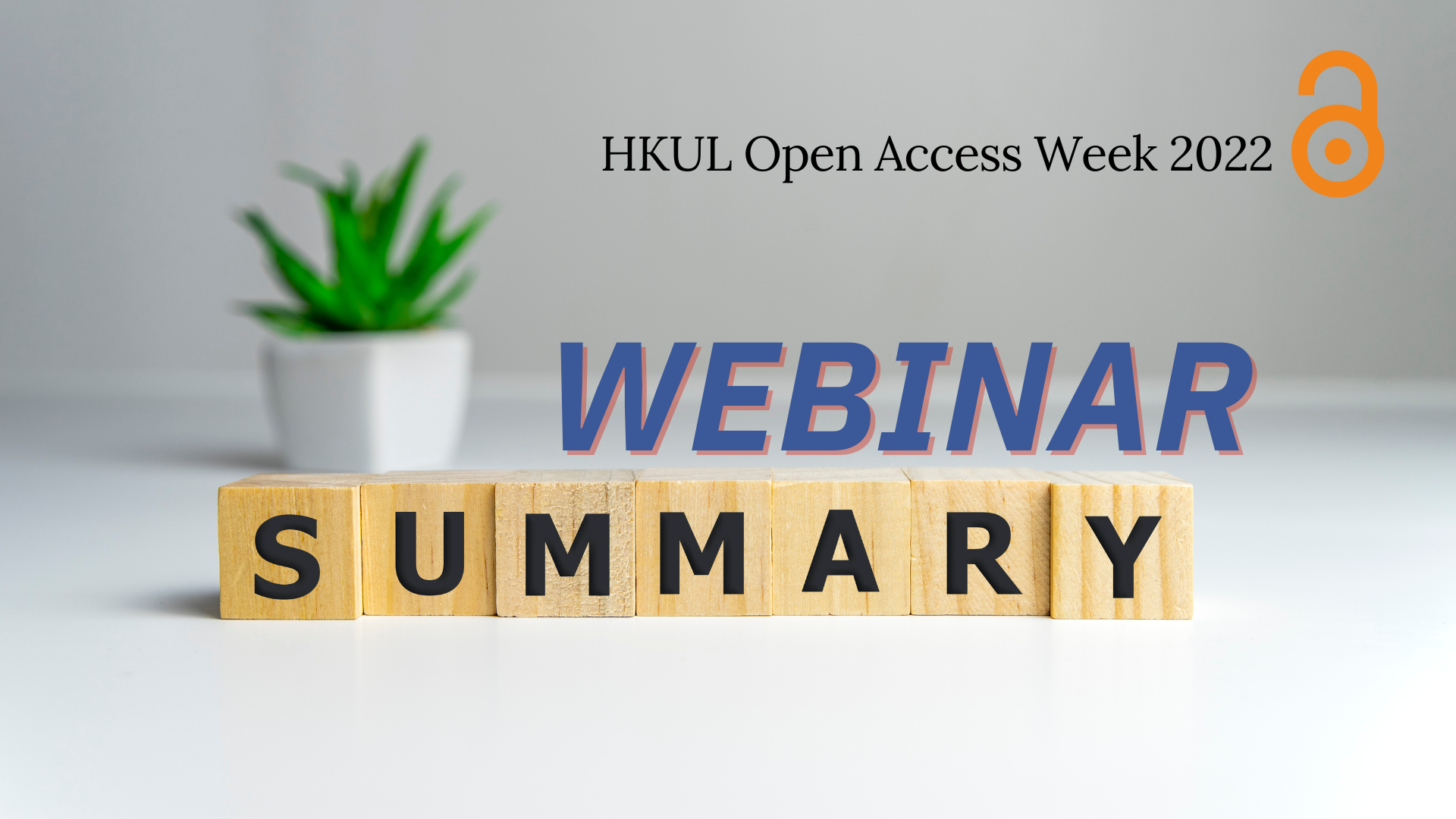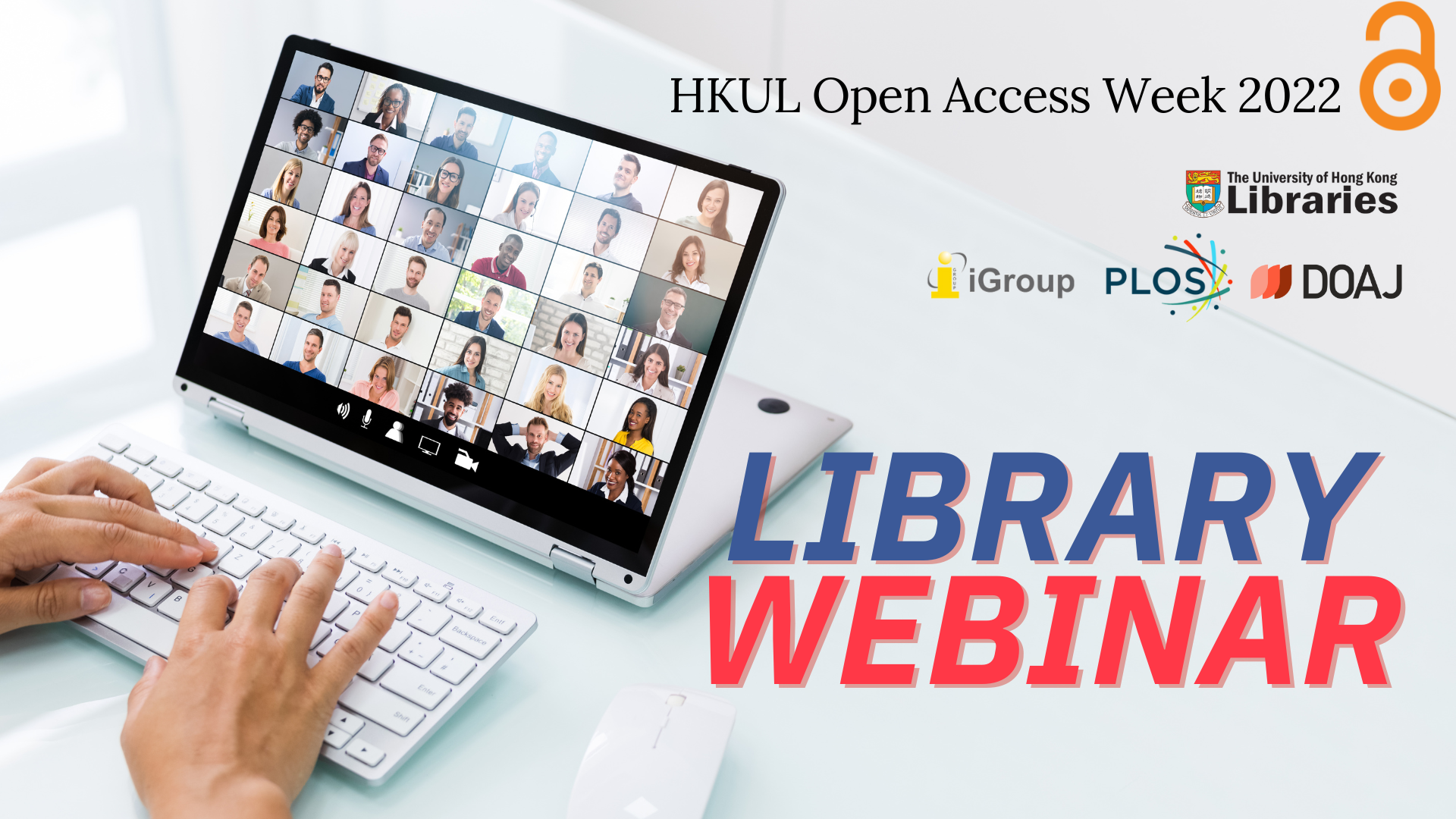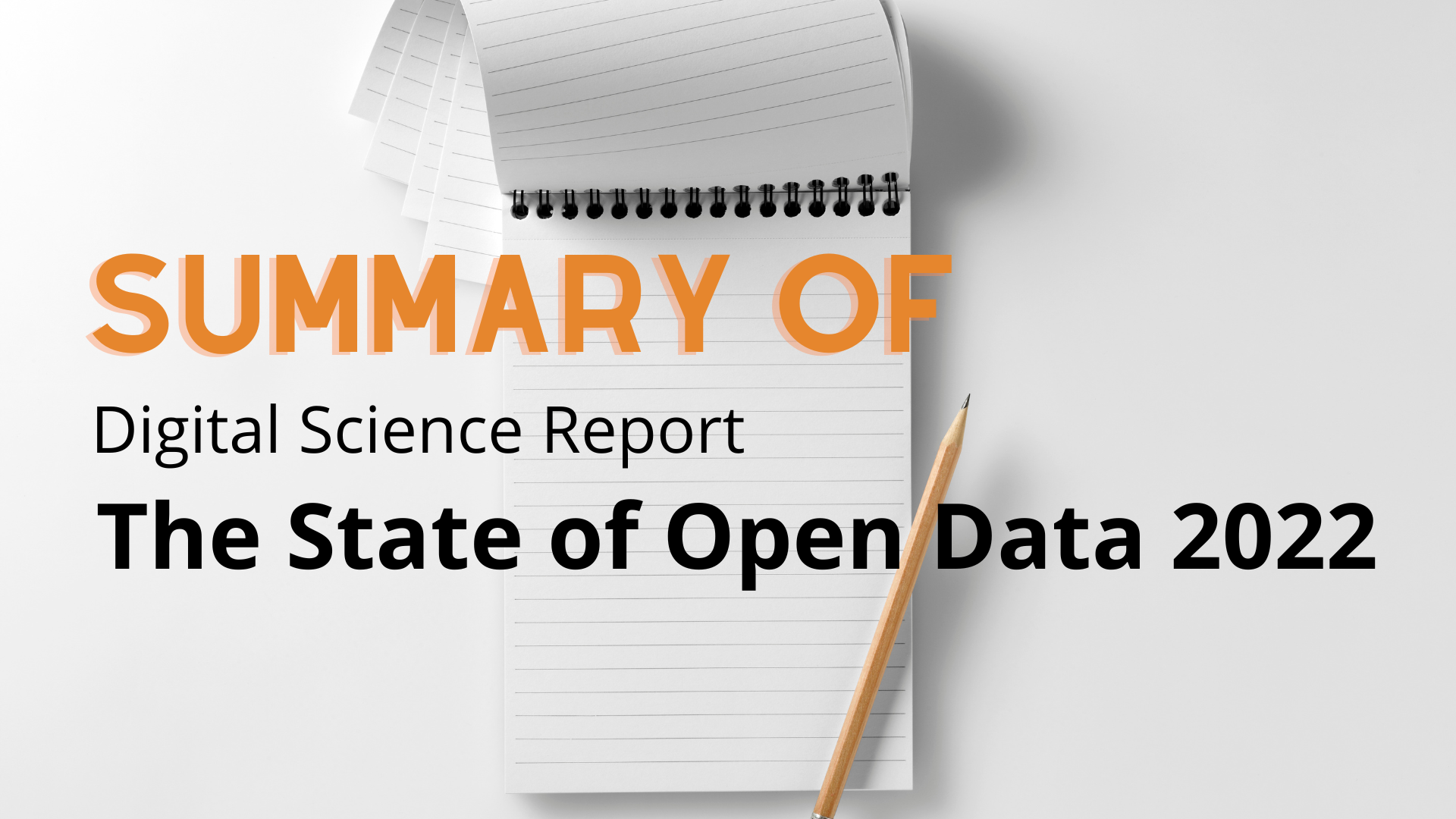
Event Summary – Open Science and Open Access Publishing: Integrity and Innovations
— by Fanny Liu
The Open Science and Open Access Publishing: Integrity and Innovations event was a great success with around 150 researchers, students, editors, and librarians from countries across the Asia-Pacific region! Organised by HKU Libraries and supported by iGroup Asia Pacific, PLOS, and DOAJ, the event was held on 28 Oct 2022 at 2-4 pm. The speakers shared their valuable insights into open science and best practices in open access (OA) publishing with the participants.

[Image curtesy of いらすとや]
First session
Open science in practice through PLOS journals
Speaker: Ms. Elaine Tham (Regional Director, Publishing Development (Asia), PLOS)
PLOS is a non-profit publisher empowering researchers to accelerate progress in science & medicine by leading a transformation in research communication, with 12 journals and nearly 20,000 articles published in 2021.
Ms. Tham shared PLOS’ core efforts in promoting Open Science by embedding practices related to open data, open methods (protocols and codes), and preprints:
- Requiring authors to make all data needed to replicate the findings accessible at the time of publication
- In the articles, prominently displaying the links to data in repositories available, to facilitate data re-use
- Offering different specific article types to document methods and protocols in different stages of research, e.g., Registered Reports, Study Protocols and Lab Protocols
- Linking to peer-reviewed Study Protocols and Lab Protocols in PLOS ONE
- Requiring authors to make relevant software available if it is central to the article
- Integrating preprints in the submissions process, such as enabling authors to forward preprints from bioRxiv and medRxiv for consideration at PLOS journals, and allowing authors to simply opt-in posting on bioRxiv or medRxiv during initial submission
Ms. Tham also encouraged authors to participate in Open Science, e.g., by:
- Understanding community expectations and standards
- Sharing preprints
- Making data and code available to editors and reviewers
- Describing availability of data, code and full protocols in papers alongside links to them if possible
- Sharing protocols (and re-using those by others)

[Image curtesy of いらすとや]
Second session
Understanding best practice in open access publishing and DOAJ services
Speaker: Dr. Cenyu Shen (Quality Team Leader, DOAJ, DOAJ Ambassador for China)
Dr. Shen from DOAJ (Directory of Open Access Journals) shared about the best practice in open access publishing, DOAJ services, and support for researchers.
Principles of transparency and best practice in scholarly publishing are 16 key principles to which journals should adhere in order to increase transparency on journal policies and procedures.

Figure 1: Principles of transparency and best practice in scholarly publishing – Overview
(Source: COPE DOAJ OASPA WAME. Principles of Transparency and Best Practice in Scholarly Publishing — English. https://doi.org/10.24318/cope.2019.1.12 )
DOAJ provides an extensive index of peer-reviewed open access journals with a mission to raise profile, visibility and impact of all quality OA journals regardless of discipline, geography or language. All journals indexed in DOAJ undergo a thorough, manual reviewing process. Currently DOAJ covers 18,420 journals in 80 languages from 130 countries. Indexed journals must comply with criteria including:
- Actively publishing scholarly research
- Fulfilling definition of open access
- Demonstrating quality control (an editorial board and peer review)
- Clearly stating licensing terms for use and re-use and copyright terms
The DOAJ Seal is awarded to journals adopting the best practice recommendations for OA publishing, based on 7 criteria on accessibility, openness, discoverability, reuse and author rights. The Seal can be considered a higher award than listing in DOAJ, which has been awarded to only around 8% of journals indexed.
DOAJ’s criteria have become the unofficial standard for OA journals. Sometimes when researchers apply for research fundings, they are required to publish in an OA journal which is indexed in DOAJ. With DOAJ, researchers can discover OA journals in their fields and check the journal’s publication charges, editorial board, country, type of peer review, and time of the publication process.

[Image curtesy of いらすとや]
Third session
Three things to know before O.A. publishing: channels, tools, and skills
Speaker: Dr. Woei Fuh Wong (Consulting Manager of iesResearch, iGroup Asia Pacific)
Dr. Wong first shared some insights from the Curtin Open Knowledge Initiative (COKI) Open Access Dashboard:
- In the United States, 41% publications are in OA;
- In the United Kingdom, 49%.
- In Asia, Indonesia has the highest OA level, with 81% publications in OA.
Machine learning tools have changed the way researchers read and write. For example, Scite helps researcher analyse citations. Scholarcy is an online article summarizer tool to help researchers speed up the reading process.
(Extra tips: We have a blog post on some of the citation context analysis tools. Check it out at https://blog-sc.hku.hk/know-your-citations-better-with-citation-context-analysis/ )
Researchers would use various publishing/sharing channels to communicate their research to reach the target community, such as the public, funders, and policy makers. Dr. Wong encouraged researchers to promote their research via social media. With social media outreach, researcher could reach out to 80 countries and increase downloads by 5 times. As OA articles are freely accessible, more people could read the full-text. Researchers could take advantage of OA by promoting the articles via social media with techniques such as:
- Writing a catchy headline
- Making the statement engaging
- Adding graphics
In the article, researchers could engage readers by providing:
- Plain-language summary
- Graphical abstract
- Video abstract
Researchers can captivate different audiences by identifying the ideal, reality (big why), problem (why), and solution (how) of the research, and emphasizing different aspects based on the audience. Apart from technical keywords, they can also include wider keywords and trending keywords.

[Image curtesy of いらすとや]
The thought-provoking sharing by the three speakers enabled the participants to understand open access and its influences from different aspects. Thank you for joining the event and hope you find it inspiring too!


